Coronavirus in kids: Children at risk of long COVID, here are the symptoms to know
Coronavirus in kids: Children at risk of long COVID, here are the symptoms to know
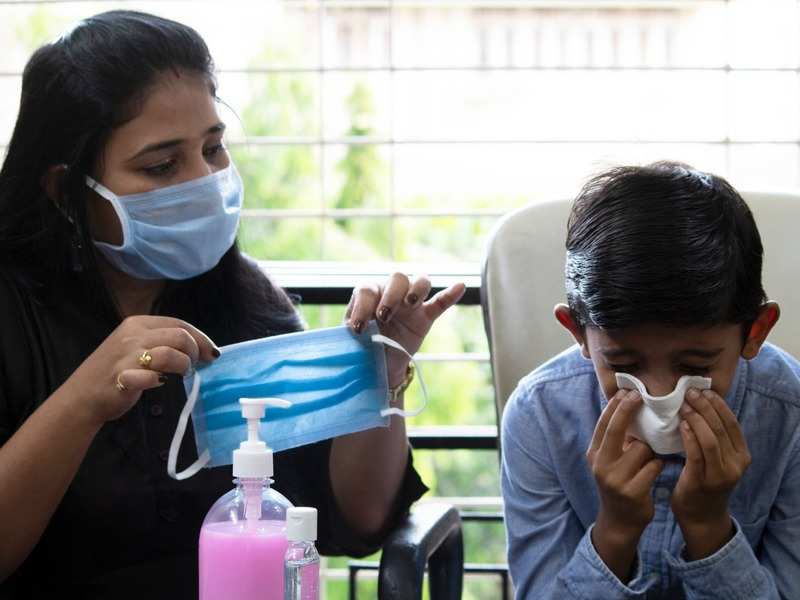
The second wave of coronavirus is not just adding caseloads as we write, it's also harming kids more profoundly than ever. With a rise in symptomatic infections, increased hospitalization, there's also a looming fear of post-infection crisis kids under 16 face right now. As studies are now confirming, kids under the age of 16 can develop long COVID too.
Long COVID, or Post-COVID syndrome, as it is defined is described as a host of symptoms that harm COVID patients long after recovery and leave them at dire risk of poor health. Patients infected with COVID after-effects, also known as long haulers continue to exhibit symptoms and side effects long after fighting the disease. Now, studies out of the UK have showcased that kids, who encounter even mild infections can become COVID long haulers.
Estimates suggest that of the children surveyed in the UK, 13% of children aged 2-11, 14.5% of kids aged 12-16, and 17% of young adults continued to exhibit COVID-like symptoms upto 5 weeks after testing negative for the virus. For kids who could be hospitalized with COVID, the fears of long COVID complications, and MIS-C could be even more profound. Experts also fear that certain lingering symptoms, for kids, could impact daily life and long-term wellness.
How common the phenomenon, which was previously dubbed to be rare amongst kids could become now, remains a looming question. It can also happen that the issues go undiagnosed and unnoticed in children. Regardless, here are some of the most common long-haul symptoms recorded amongst kids having recovered from COVID-19:
1. Exhausting fatigue
Fatigue is a big after-effect of COVID-19 encountered by adults, and as per studies, kids as well. Researchers are now finding evidence that kids can have a harder time battling fatigue, experience pain in their joints, thighs, head, hands and legs long after fighting the infection. What's worse is that in some cases, fatigue may even last for longer than 5 months.
Apart from this, tiredness and chronic pain may also strike younger COVID patients post recovery.
2. Sleep disturbances
Poor sleep patterns are linked to a lot many growth, cognitive and developmental deficits in kids aged between 2-16. It could also be a likely side-effect of fighting COVID for kids. Over 7% of kids with COVID-19 can battle some or the other form of sleep disturbances. Anxiety and stress pertaining to the infection, isolation could also cause lingering problems which must be paid attention to. Observed in a fifth of children suffering from COVID, insomnia is also a symptom that is seen in adults suffering from long COVID.
3. Sensory impairment
As per a London-based analysis of post-COVID symptoms in children, younger babies and toddlers may also be at the risk of experiencing sensory impairment. Encountering problems with the vital senses- ear pain, altered taste, poor or blurred vision, touch, smell may be compromised.
4. Mood swings
Children suffering from long COVID are also more prone to being more irritable than usual, showcase mood swings in their growth years. About 10% of kids reported suffering from memory problems, felt tired more frequently and faced difficulty in concentrating. It could also degrade and impact the quality of life.
5. Gastrointestinal problems
Gastrointestinal symptoms are a common complaint being observed in kids during the symptomatic stage of their infections right now. Case studies have also detailed that gut trouble, stomach pain, digestive issues could also prop up as after-effects of COVID infection.
It should also be noted that stress and anxiety could also manifest in the form of gastrointestinal complaints and need to be attended to well.
6. Headaches and dizziness
Preliminary research has also showcased that dizziness and some other neurological problems could also affect younger children post a COVID attack. Acute headaches, dizziness, fatigue could be a key symptom to be looked at.
Long COVID, or Post-COVID syndrome, as it is defined is described as a host of symptoms that harm COVID patients long after recovery and leave them at dire risk of poor health. Patients infected with COVID after-effects, also known as long haulers continue to exhibit symptoms and side effects long after fighting the disease. Now, studies out of the UK have showcased that kids, who encounter even mild infections can become COVID long haulers.
Estimates suggest that of the children surveyed in the UK, 13% of children aged 2-11, 14.5% of kids aged 12-16, and 17% of young adults continued to exhibit COVID-like symptoms upto 5 weeks after testing negative for the virus. For kids who could be hospitalized with COVID, the fears of long COVID complications, and MIS-C could be even more profound. Experts also fear that certain lingering symptoms, for kids, could impact daily life and long-term wellness.
How common the phenomenon, which was previously dubbed to be rare amongst kids could become now, remains a looming question. It can also happen that the issues go undiagnosed and unnoticed in children. Regardless, here are some of the most common long-haul symptoms recorded amongst kids having recovered from COVID-19:
1. Exhausting fatigue
Fatigue is a big after-effect of COVID-19 encountered by adults, and as per studies, kids as well. Researchers are now finding evidence that kids can have a harder time battling fatigue, experience pain in their joints, thighs, head, hands and legs long after fighting the infection. What's worse is that in some cases, fatigue may even last for longer than 5 months.
Apart from this, tiredness and chronic pain may also strike younger COVID patients post recovery.
2. Sleep disturbances
Poor sleep patterns are linked to a lot many growth, cognitive and developmental deficits in kids aged between 2-16. It could also be a likely side-effect of fighting COVID for kids. Over 7% of kids with COVID-19 can battle some or the other form of sleep disturbances. Anxiety and stress pertaining to the infection, isolation could also cause lingering problems which must be paid attention to. Observed in a fifth of children suffering from COVID, insomnia is also a symptom that is seen in adults suffering from long COVID.
3. Sensory impairment
As per a London-based analysis of post-COVID symptoms in children, younger babies and toddlers may also be at the risk of experiencing sensory impairment. Encountering problems with the vital senses- ear pain, altered taste, poor or blurred vision, touch, smell may be compromised.
4. Mood swings
Children suffering from long COVID are also more prone to being more irritable than usual, showcase mood swings in their growth years. About 10% of kids reported suffering from memory problems, felt tired more frequently and faced difficulty in concentrating. It could also degrade and impact the quality of life.
5. Gastrointestinal problems
Gastrointestinal symptoms are a common complaint being observed in kids during the symptomatic stage of their infections right now. Case studies have also detailed that gut trouble, stomach pain, digestive issues could also prop up as after-effects of COVID infection.
It should also be noted that stress and anxiety could also manifest in the form of gastrointestinal complaints and need to be attended to well.
6. Headaches and dizziness
Preliminary research has also showcased that dizziness and some other neurological problems could also affect younger children post a COVID attack. Acute headaches, dizziness, fatigue could be a key symptom to be looked at.
End of the article
Comments (0)
Featured in Parenting

Children long COVID risk: Symptoms to check

Here's why your baby doesn't stop crying
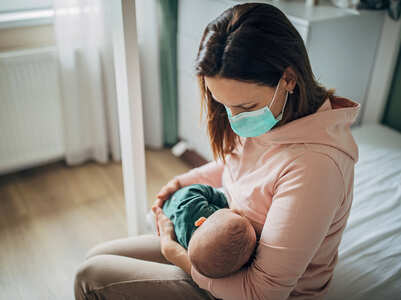
Breastfeeding the baby when you are COVID+
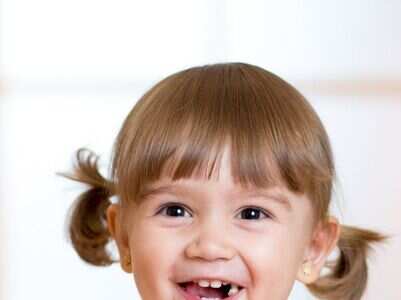
Best foods to boost your child's immunity

Signs your child has an attitude problem
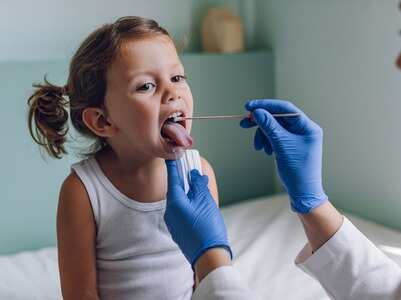
How to prepare kids for a COVID test

Tips to ensure a safer pregnancy

Can pregnant women pass COVID to babies?
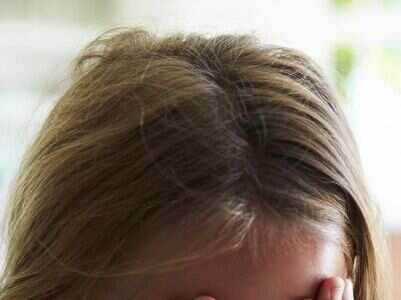
Signs your child is dealing with anxiety
LATEST VIDEOS
Parenting
 #MindfulParenting: 5 solutions to active active children04:39
#MindfulParenting: 5 solutions to active active children04:39 Tips for a smoother conception06:49
Tips for a smoother conception06:49 How to encourage a good sibling relationship05:02
How to encourage a good sibling relationship05:02 When, what and how to introduce solid foods to babies04:42
When, what and how to introduce solid foods to babies04:42 Homemade tips to treat diaper rashes00:34
Homemade tips to treat diaper rashes00:34 #MindfulParenting: Best toys for your child's development04:37
#MindfulParenting: Best toys for your child's development04:37 #MindfulParenting: How to practice gender neutral parenting07:53
#MindfulParenting: How to practice gender neutral parenting07:53 #MindfulParenting: How to create a strong emotional connection with your child05:06
#MindfulParenting: How to create a strong emotional connection with your child05:06 Things you need to stop telling mothers!04:15
Things you need to stop telling mothers!04:15 #MindfulParenting: 5 ways to avoid threatening your child02:59
#MindfulParenting: 5 ways to avoid threatening your child02:59
StoriesSEE All







































































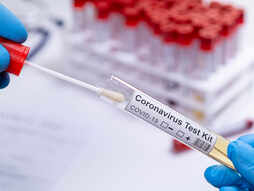





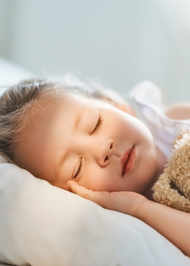


















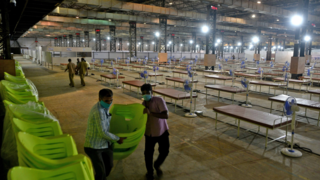



closecomments
SIGN IN WITH
FacebookGoogleEmail